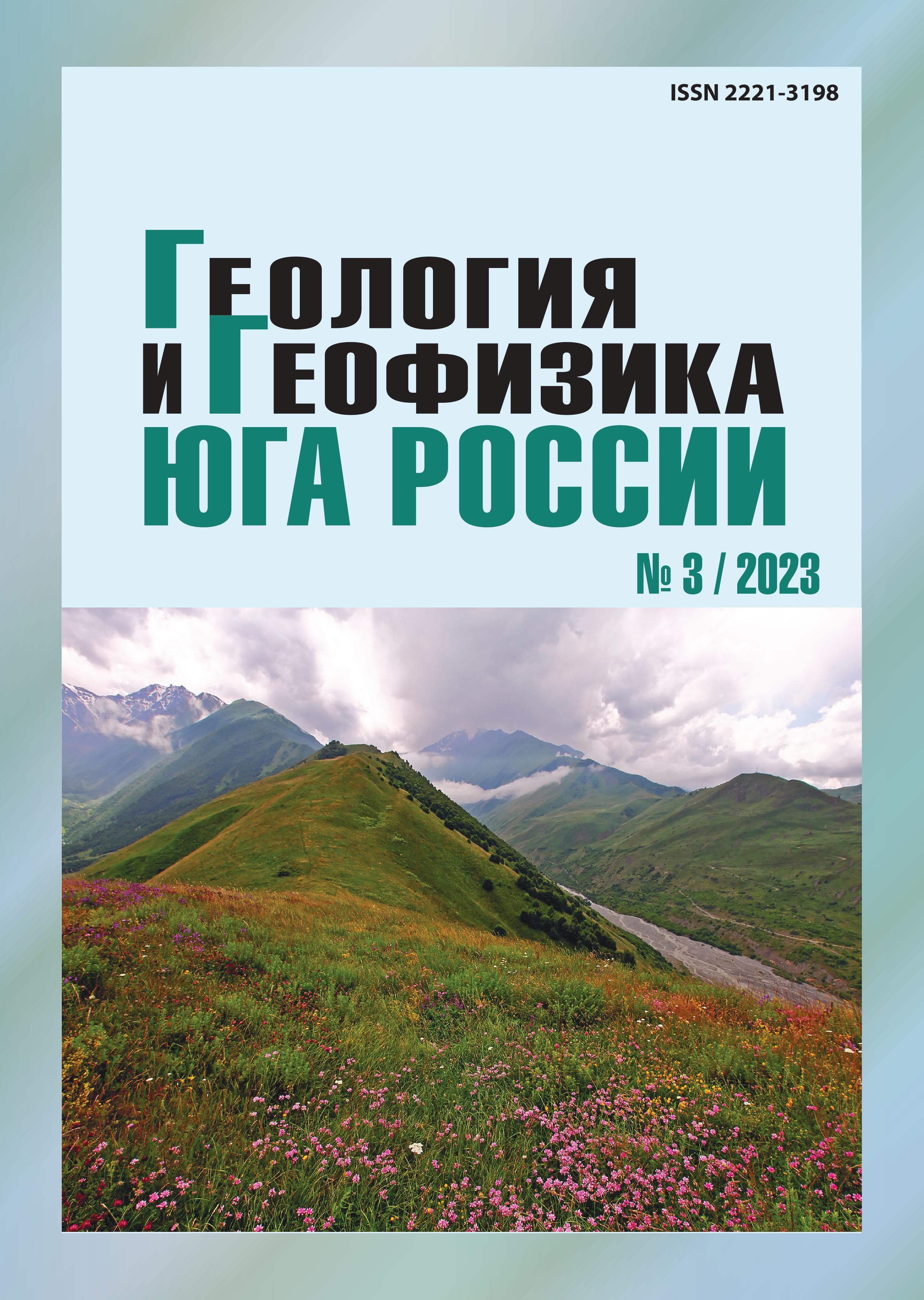Geophysical research on thecarbon polygon on the Chechen Republic
Abstract
Relevance. The global scientific community has recently shown a heightened interest in climate change and environmental conservation. In response to this, a project has been launched in Russia to establish carbon polygons and carbon farms. The Chechen Republic was among the first seven regions to create carbon polygons for the management of climate-active gases. The Grozny State Oil Technical University (GSOTU), named after academician M.D. Millionshchikov operates one such carbon polygon, known as WAYCARBON. The polygon spans 470 hectares and encompasses six reference sites located in various natural zones with unique ecosystems. An important role in solving the problems of geoecology is played by geophysical research, which is widely used in solving such problems as studying the territories of burial of various solid wastes and other contaminated (including oil) territories that negatively affect the state of the environment. This article is devoted to geophysical studies carried out at the reference area "Carbon Farm", as well as at the experimental oil-contaminated area. The research results are presented. Aim. Carrying out geophysical methods in the areas of the carbon polygon of the Chechen Republic to study man-made factors and their impact on the environment. Methods. At the carbon farm, seismic exploration by the method of refracted waves (RW) was carried out in the form of separate seismic soundings along a grid of profiles, each of which was worked out by 3-4 arrangements (94 m each) of seismic receivers. The experimental oil-contaminated area was studied by electrotomography (ET) and vertical electrical sounding (VES). Results. In the process of research, high-quality material was obtained, which made it possible to build seismic sections, a map of the thickness of technogenic soil, maps-sections of the distribution of electrical resistivity distribution and geoelectric sections.


